Find yourself having persistent blemishes that just never seem to go away? If you’re caught in this predicament, don’t just go ahead and diagnose yourself as having fungal acne yet!
In today’s Picky Guide, we are going to deep dive into fungal acne, also known as malassezia folliculitis. First, we’ll explain the main differences between fungal acne and regular acne. Then, we’ll walk you through its characteristics so that you can more accurately self-diagnose your acne condition. Finally, we’ll also dish out important skincare tips to teach you how to care for your skin if you do find yourself suffering from fungal acne, and what you can do to prevent worsening of the problem. Let’s get started!
What is the difference between fungal acne and regular acne?
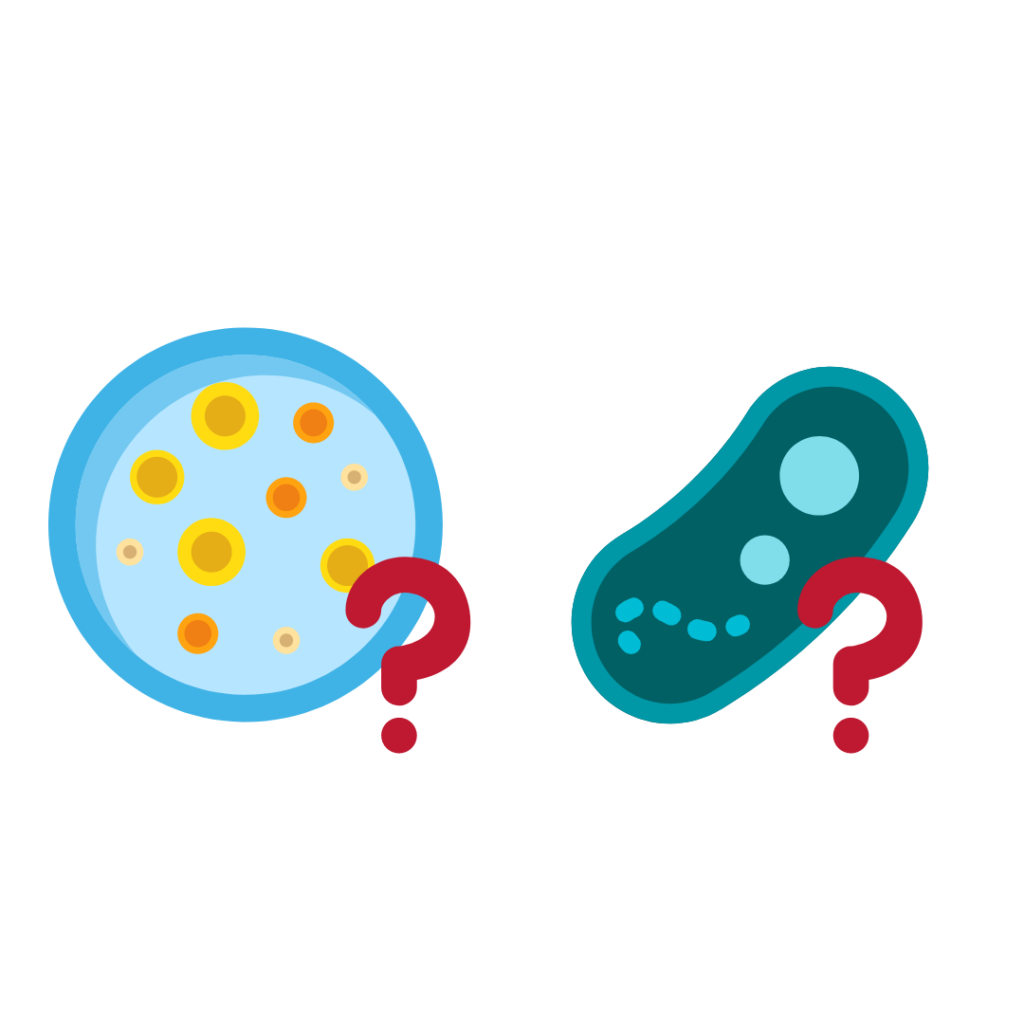
Common acne is caused by the overgrowth of bacteria. Fungal acne, however, forms when there is an overgrowth of fungi/yeast (or malassezia) on the skin. The overgrowth of yeast causes an inflammation on our hair follicles, and creates a lesion that may look just like regular acne!
Furthermore, the fact that people wrongly refer to common acne as ‘fungal’, due to their similarity in appearances, does not help this case of mistaken identity.
What are its characteristics?
Before we start, remember that it is common for acne and fungal acne to coexist. This makes it even harder to distinguish between the two by just looking at its appearance!
However, here are some clues that you can look out for:
– Monomorphic papule/pustule
Your acne appears as a cluster of same-sized and shaped elevated bumps of 1 – 2mm in varying colors.
– It feels itchy
One of the most telling signs of fungal infection is that it can be very uncomfortable and feels extra itchy. However, do note that common acne can sometimes leave an itchy sensation as well.
– Affected areas
Areas that are most exposed to sweat and hot, humid conditions are most likely to develop this condition. Some of the most common areas are the T-zone, forehead, hairline, chest, upper back, or neck.
| Fungal acne | Regular acne | |
| Causes | Fungi/yeast | Bacteria |
| Lesion | Regular monomorphic size and shape | Various sizes and shapes |
| Area commonly affected | Area of high sweat/oil gland activities (T-zone, forehead, chest, upper back, neck) | No specific pattern |
| Treatment | Anti-fungal medication | Antibiotics or other treatments |
What are its possible causes?
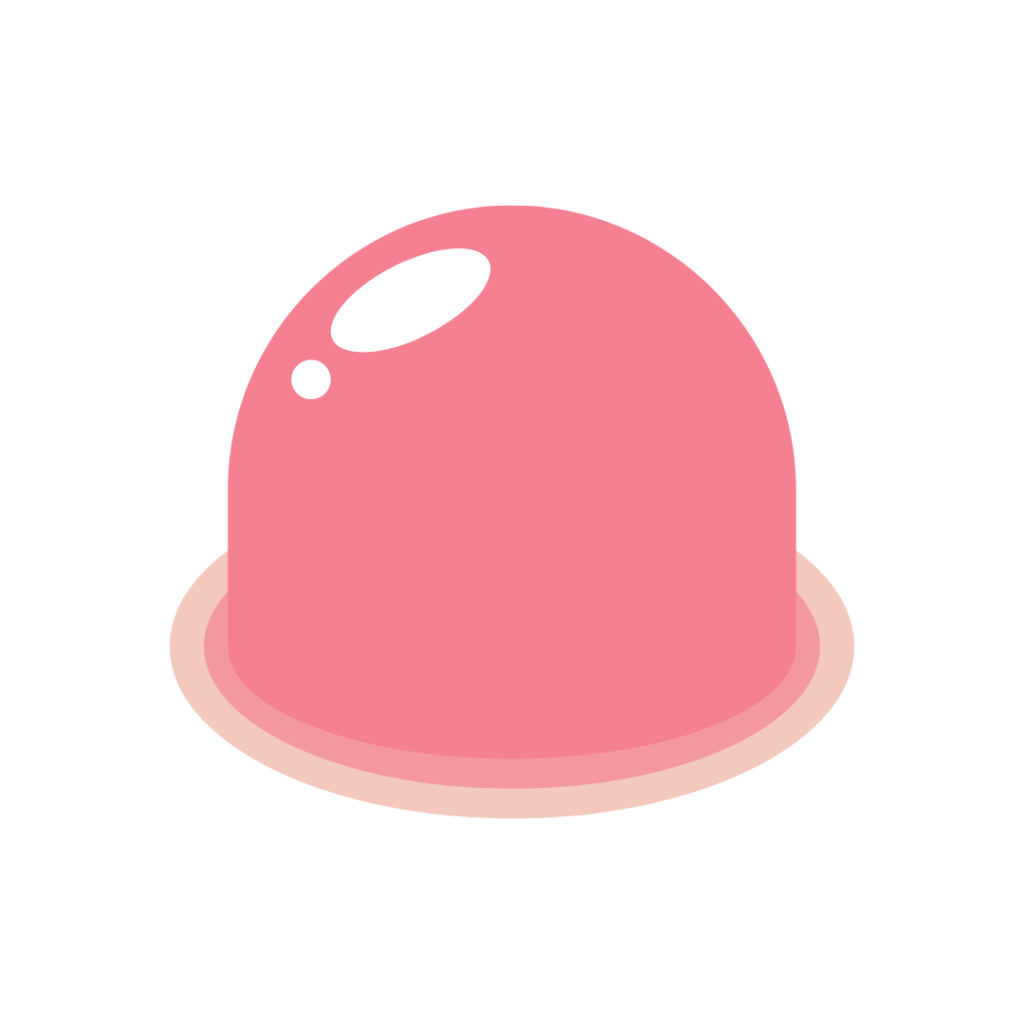
There are many factors that can possibly cause the microbial imbalance of your skin microbiome, leading to the accumulation of fungi on your skin! Some common culprits include:
1. High temperatures, humid weather and sweat
Hot and humid weather make a great breeding ground for the fungi colony. This is probably why the condition can be exacerbated during the summer and in a humid weather country.
2. Oily skin
Fungi feed on the natural sebum that our skin produces, and even topical oil products that we apply on top of our skin.
3. Immunosuppression
Extended use of products that suppress immune reactions can possibly disrupt the equilibrium of your skin microbiome.
4. Prolonged antibiotic use
Prolonged use of topical or oral antibiotics can also affect our skin microbiome and lead to the overgrowth of fungi.
How do I determine if I have fungal acne?

The only way for you to be completely sure that fungal infection is the cause of your acne is to go to a dermatologist. The process is less intimidating than it sounds! All your dermatologist has to do is to scrape or extract parts of the lesion. Then, a simple check under the microscope to check for the presence of fungi will help to determine the cause of acne.
If you are dealing with fungal acne, you have to take extra care in your skincare routine. Most importantly, you will want to make sure you do not use anything that could potentially exacerbates your skin condition!
Ingredients to avoid
Now, we’ll talk about some of the ingredients that may exacerbate your fungal acne. We’ve also made it simple for you – check the new fungal acne-safe product attribute filter when browsing on Picky to discover products that do not contain these problematic ingredients. Only available on Picky v1.2.1 onwards!
– Fatty acids and oils
As fungi feed on oils and fatty acids, it is best to avoid these elements altogether. Some oil exceptions that are are safe for fungal acne include squalene, mineral oil and capric triglycerides.
– Esters
Another ingredient to avoid is esters, whose scientific names usually end with ‘ate’. For example, these include:
– alcohol + fatty acids = isopropyl palmitate
– glycerin + fatty acid = glyceryl stearate (glycerol esters)
There are many more examples! Keep your eyes out for ingredients ending with ‘ate’ and you should be good to go.
– Polysorbates
– Galactomyces and other fermented ingredients
– Amino acids
– White petroleum
Ingredients to use
Also, you’d want to actively include certain ingredients into your routine:
Ketoconazole
This ingredient is commonly found in anti-dandruff shampoos. Here’s a tip: grab an anti-dandruff shampoo, apply it onto affected areas while you shower and rinse off. Its anti-fungal properties will help to treat acne caused by fungal infection.
Zinc pyrithione
Another ingredient that can also be found in anti-dandruff shampoos.
Sulfur
Also a common ingredient in skincare products known for its anti-fungal properties.
Lifestyle tips to adopt
Now that you have your skincare routine down, here are some additional lifestyle tips to follow:
- Change immediately into fresh clothes after exercising
- Make sure your skin temperature is kept cool at a comfortable temperature
- Refrain from over-moisturizing your skin:
The humidity from over-moisturizing your skin will create a comfy space for the fungi to hang out longer on your skin! Adopt a simple, no frills skincare routine with the ingredients to avoid and use provided above in mind.
Takeaway:

Dealing with fungal acne can restrict you from using a lot of skincare products. Finally ready to go on a hunt for fungal acne-safe products? Remember to firstly update your Picky app, and then to check the fungal acne-safe product attribute filter the next time you search on Picky! Head back to the Picky blog here.

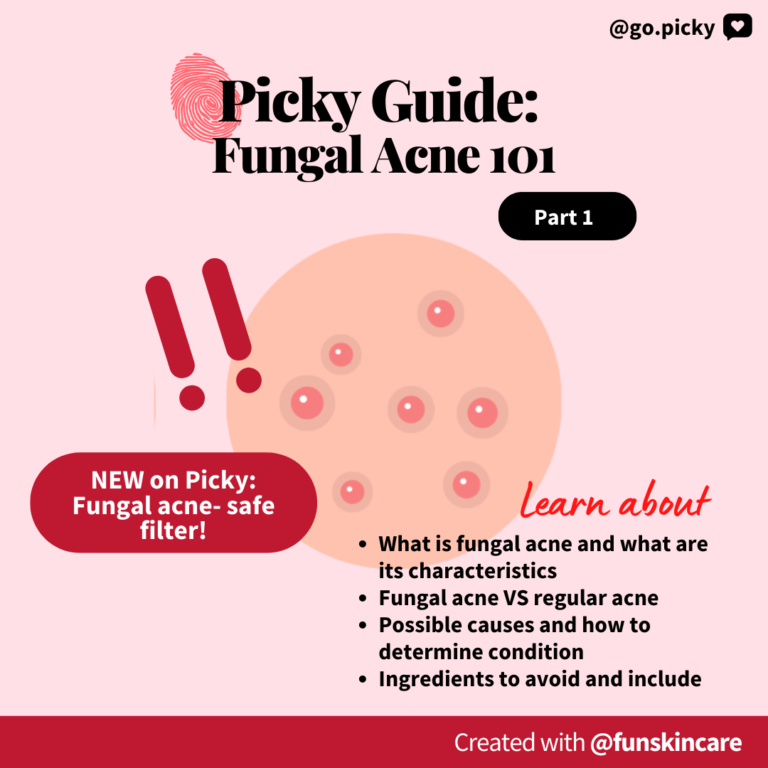
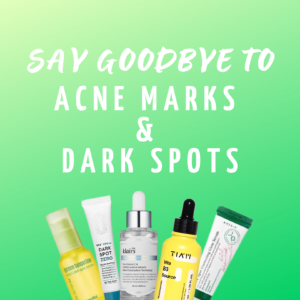
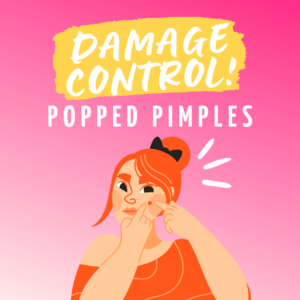
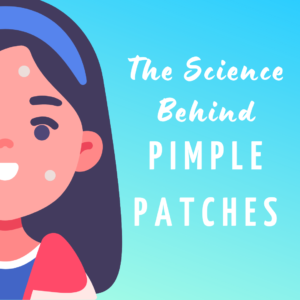
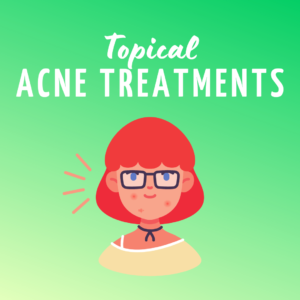








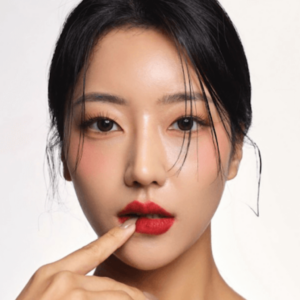
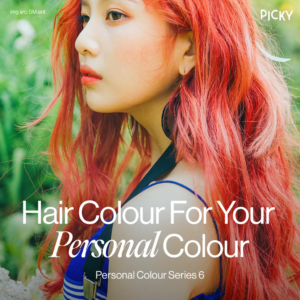
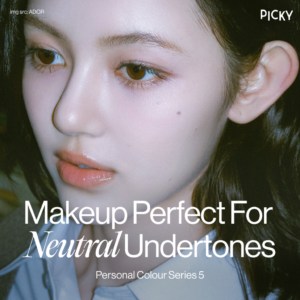


2 Responses
Thank you for this! I have a fungal acne and I tried every product for my face but it didn’t work out. So now I know what products I should use for my face.
Thank you so much this! I do have a tiny bumps on my forehead and cheeks right now. Now I know what are the ingredients that I need to avoid and need to use. Thank you so much!